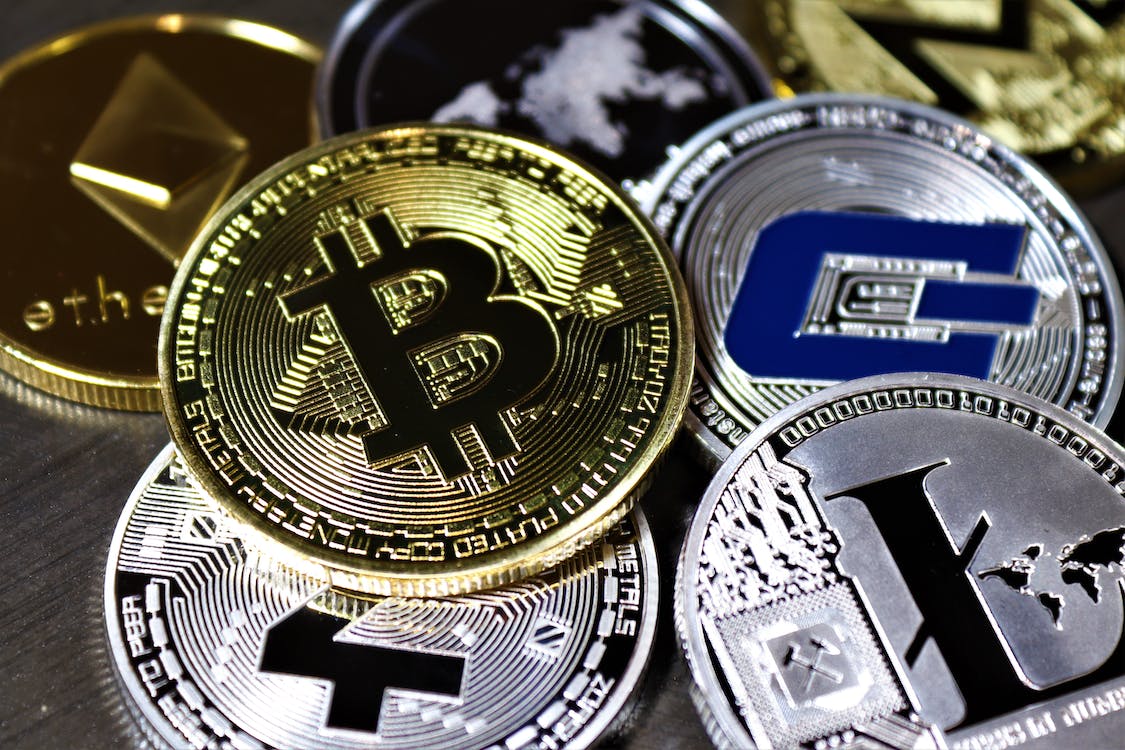2022 proved to be a tumultuous time for the cryptocurrency and blockchain sectors, leaving many analysts to question whether or not decentralized currencies have the goods to ride the crashes and endure over the long term.
Despite the market’s decline last winter, the cryptocurrency space is still worth over $1 trillion, and approximately 320 million people worldwide now use cryptocurrencies and blockchain tech. 2022 was a challenging year for the industry, but there’s plenty of scope in the coming months for a full recovery, with the following key trends defining the crypto space in 2023.
1.) The Staking Revolution
One of the hottest topics in the crypto and blockchain markets right now is that of cryptocurrency staking. Practically all the major exchanges offer staking features across a number of tokens, including Avalanche (AVAX), Polygon (MATIC), Solana (SOL) and, more recently, Ethereum (ETH). Even London-based fintech bank Revolut has joined the fray, having announced in February that it will soon be allowing customers to stake ETH, ADA, DOT, and XTZ as part of its “2023 crypto roadmap”.
Staking is a process in which crypto asset owners hold or “stake” their assets in order to validate transactions on a blockchain – i.e. ensuring all transactions on the ledger add up.
While tokens used for validation can’t be traded or spent, users nevertheless are rewarded in the form of transaction fees or newly-minted currencies. In staking their assets, users play an essential role in maintaining the security and stability of the network, but they can also be on the receiving end of considerable yields.
Naturally, with users able to generate eye-popping rewards by staking their tokens, the process is incurring the ire of financial regulators in the US. The regulatory point of view is that the staking process is effectively an investment contract and should be legislated as such. To users and crypto exchanges, however, staking is very much bringing about a new crypto revolution.
2.) GameFi will Continue its Ascent
Blockchain and crypto games have seen unprecedented growth in recent months. Despite only being launched during the past two years, games like The Sandbox, Blankos, Block Party and Axie Infinity have exceeded all expectations in terms of revenue generation.
Furthermore, the evolving ecosystem of GameFi, which encompasses everything from play to earn gaming to crypto-based online live casino experiences, is making it a highly south-after sector by traditional gaming companies. Having seen a $5 billion increase in fundraising since Q4 2021, the GameFi sector is perfectly primed to continue its ascent, with AAA games likely to be the subsequent major development.
Established gaming companies like Square Enix, Bandai Namco and SEGA have already begun to integrate some of their existing IP into blockchain gaming. The Gundam Metaverse, launched by Bandai Namco last spring, is one such project that has made space for blockchain alongside Web 3.0.
However, the promise of premium AAA games and the utilization of well-known IP won’t be enough to secure the long-term future of GameFi if high barriers to entry for regular users remain in place. Not only will games creators need to implement streamlined onboarding tools to attract a more diverse player base, but they’ll also need to consider adding in free-to-play elements, a la Project Calvaria.
Calvaria’s Duels of Eternity P2E title has been released in two formats: the original NFT-based game and a free-to-play version, which aims to reach the wider gaming community and entice them into the P2E sector.
3.) Emerging Markets will Challenge US Dominance
For several years, the US has held court as the most dominant gaming market. However, an inflow of burgeoning global markets, headed up by India, is set to challenge its reign as 2023 continues. According to Chainalysis’ 2022 Global Crypto Adoption Index, India is currently the global leader in both centralized and decentralized transfers, showcasing substantial crypto adoption. The US, meanwhile, is facing challenges from the rapid technological advancements being made in emerging markets.
During the past decade, India has established itself as a leading hub for tech innovation and is known for producing top-notch tech talent. With over 3,500 engineering colleges graduating over 1.5 million engineering professionals each year, India is set to become home to the largest pool of software developers, surpassing the US by 2024.
Furthermore, India’s developer community on GitHub is growing at an unprecedented pace: 2.5 million new people joined GitHub in 2022, bringing the total to 9.7 million.
All of this means that India has the potential to become a pioneering market in the blockchain realm, given the proper ecosystem support. According to the 2022 Electric Capital Developer Report, while the US is witnessing a decline in its market share of Web3 and crypto developers, India’s market share has increased to more than 5% in a short span of time, making it one of the top 4 global nations with the largest developer communities.
[Guest Post]






